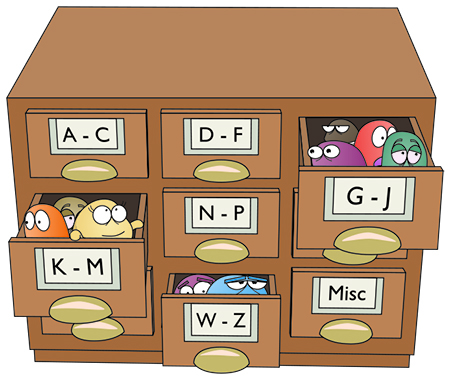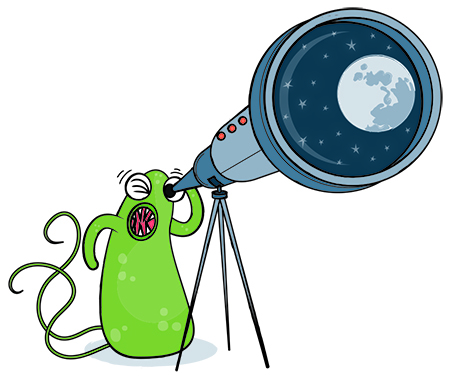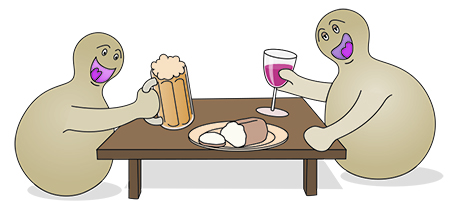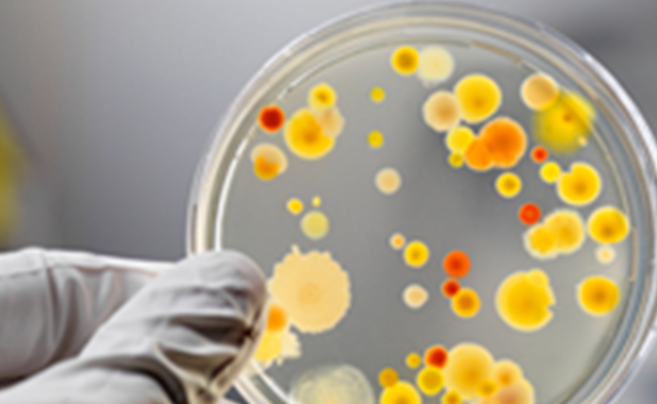Tanja Woyke and other JGI researchers made their debut writing for the Nature Reviews Microbiology column last year — and there’s more to come in 2020.

Researchers at the U.S. Department of Energy (DOE) Joint Genome Institute (JGI), a DOE Office of Science User Facility located at Lawrence Berkeley National Laboratory, are sharing their expertise in environmental genomics by writing for the column Genome Watch in Nature Reviews Microbiology. The latest article, published January 27, is about engineering plants and their microbiomes for more sustainable agriculture and was written by JGI computational biologist Rekha Seshadri.
Writing the Nature Reviews column all started with an email in 2018. Tanja Woyke, who leads the Microbial Program at the JGI, received a message from Andrea Du Toit, senior editor for Nature Reviews Microbiology, with an unusual opportunity: would JGI researchers consider regularly writing for the magazine’s column Genome Watch? The column appears in six issues of the monthly magazine each year.
Until then, the column had been written solely by scientists affiliated with the Wellcome Sanger Institute in the UK — a nonprofit that was founded to help sequence the human genome. Today, the Sanger Institute focuses on genomics to understand human and pathogen biology. Du Toit invited JGI to write half of the 2019 Genome Watch articles as a way to expose readers to a broader genomics perspective.
Woyke spread the word among her JGI colleagues, and they agreed, providing three articles for the journal with Du Toit as their editor. The partnership has proven so successful this year, JGI is providing another three Genome Watch articles.
“Given the great expertise in microbial genomics and metagenomics of the microbiology-focused groups at the Joint Genome Institute, it is fantastic that graduate students, postdocs, and staff scientists accepted our invitation to contribute such articles for our journal,” Du Toit said.

Being offered the chance to write for a world-class journal was triggered by a talk. Woyke was invited to present her work in London in December 2018 at a Symposium at the Royal Society. The editors at the Nature family of journals noticed Woyke would be coming to town and invited her to stop by their offices as well.
Woyke has loved the collaboration with Nature Reviews Microbiology. “My experience putting the articles together and working with Andrea has been amazing,” says Woyke. “It’s a great opportunity for JGI to work on these, as it allows us to highlight hot topics in genomics.”
And it makes sense to Woyke why JGI would have this role. “We work with leaders in environmental genomics from around the globe through a collaborative network of researchers that we support through our role as a Department of Energy Office of Science User Facility. As such, JGI is involved in a broad variety of genomics projects that relate to energy and the environment.” she says. “So, it’s quite a natural fit and a nice complement to the contributions from the Wellcome Sanger Institute.”
Last year for the column, Woyke wrote about the research field’s move toward characterizing the human microbiome by its genomes and metagenome, rather than just by 16S ribosomal RNA gene censuses. Emiley Eloe-Fadrosh, Metagenome Program lead, shone a spotlight on ammonia oxidizing archaea and what we’re learning about their metabolism. And postdoctoral researcher Sara Calhoun, data scientist Stephen Mondo, and Fungal and Algal program lead Igor Grigoriev took readers on a quick romp through the evolution and domestication of yeast, a model eukaryote.

The wide array of topics comes from the authors’ interests, says Woyke. Their themes just need to relate to (meta)genomics, and at least one of the papers they reference should be hot off the press. She tells prospective authors, “’Once you find a paper that you really like or are passionate about, take that topic and run with it — write about it.”
Authors then float their ideas by Du Toit, sending her a potential headline, a one-sentence summary, and a list of references they plan to use. After working up a draft, a couple rounds of edits, and collaborating with Nature’s cartoonists, the article comes out — about two months after the first draft.
Woyke has so far selected the authors of these pieces to represent diversity in research area, gender, as well as stage of professional development. “There are a lot of really great early career people here at JGI who could take advantage of this opportunity,” she says.






